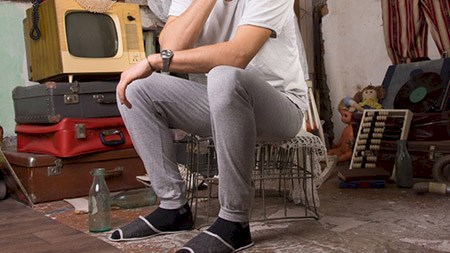One in every four tenants in South Africa don’t fulfil their rental obligations. This is according to the PayProp Rental Index for Q1 2018 – a definitive overview of rental behaviour compiled by the largest processor of residential letting transactions in South Africa.
“Nationally, we measured an increase in the percentage of tenants in arrears from 18.5% in April 2017 to 23.2% in March 2018,” says PayProp head of data Johette Smuts. “This means that only 76.8% of tenants pay their rent in full every month – and one in four don’t.”
The average tenant in arrears s one month behind
Smuts says that the average arrears percentage relative to rent is also increasing over time. “In April 2017, the average tenant in arrears was just over 80% in arrears. In March 2018, this number was much closer to 100% (96,4% to be exact), meaning the average tenant in arrears is almost one full month behind with their rent. Unfortunately, this is the trend we see for every province.”
Subdued rental growth
Throughout the first few months of 2018, rental growth continued the downward trend we’ve been seeing since the beginning of last year. “Year on year growth in January 2018 was just 4,5% - slightly more than half the rate measured a year earlier.”
Growth slowed even more during February and March 2018, with both months registering rates below 4%. Smuts says that this is not such a big surprise if we compare rental growth to the trend in the inflation rate. “In March, the latter figure came in at 3.8% - the lowest year-on-year growth recorded in seven years.”
Arrears across rental categories
While the most expensive rental bracket (over R15,000) had the lowest percentage of arrears relative to rent (78.4% in Q1 2018), it didn’t have the lowest percentage of tenants in arrears. “We also know from previous indices that most tenants rent for between R5,000 and R7,500. This is still the case nationally with 31% of tenants renting in this bracket in Q1 2018, so it’s good to see that the proportion of tenants in arrears here was at the low end of the scale, at 22.4%.
The lowest rental bracket (R1,000 – R2,500) has the lowest percentage of tenants in good standing and the highest percentage of arrears relative to rent. The arrears percentage relative to rent in this bracket has decreased slightly over the past six months, while increasing for every other bracket.
Smuts emphasises the importance of selecting good tenants, despite them being increasingly hard to find. “In coming months, it will be interesting to see the combined effects of the lower inflation rate and interest rate cut on rental growth, as these are usually competing forces with opposite effects on broader economic indicators,” concludes Smuts







